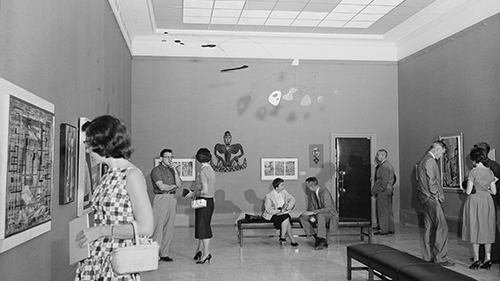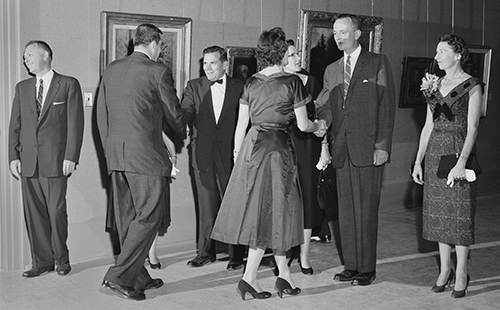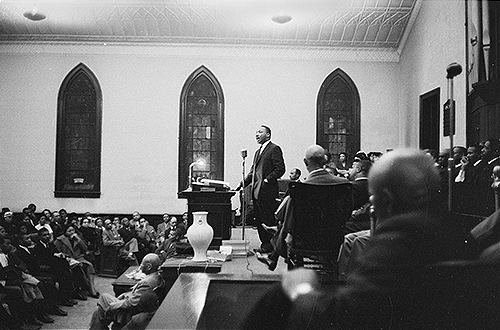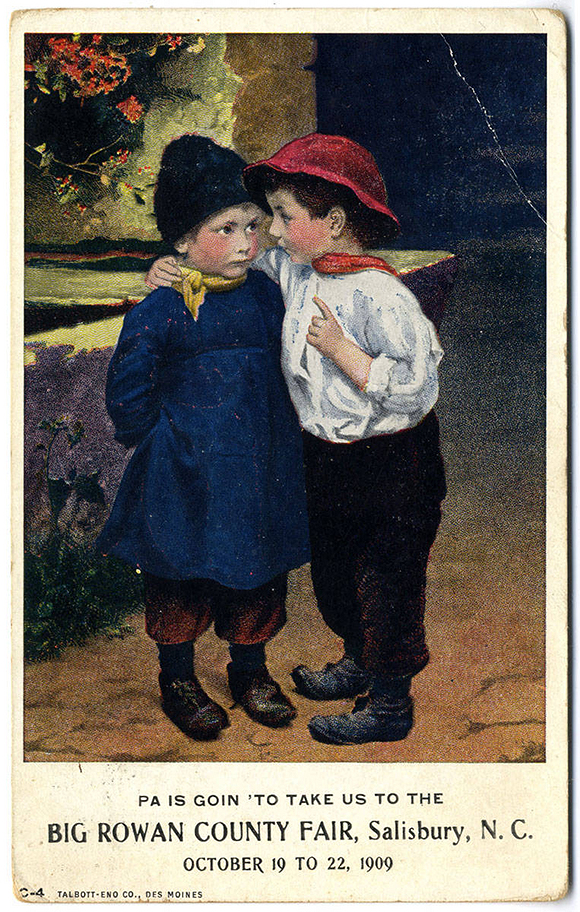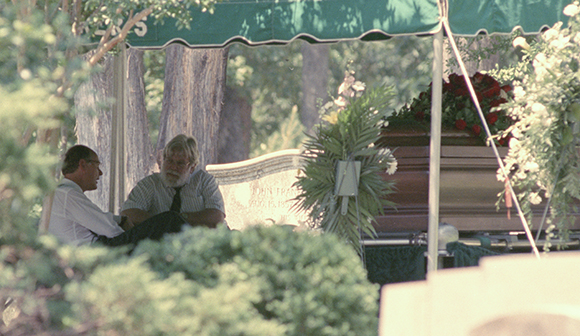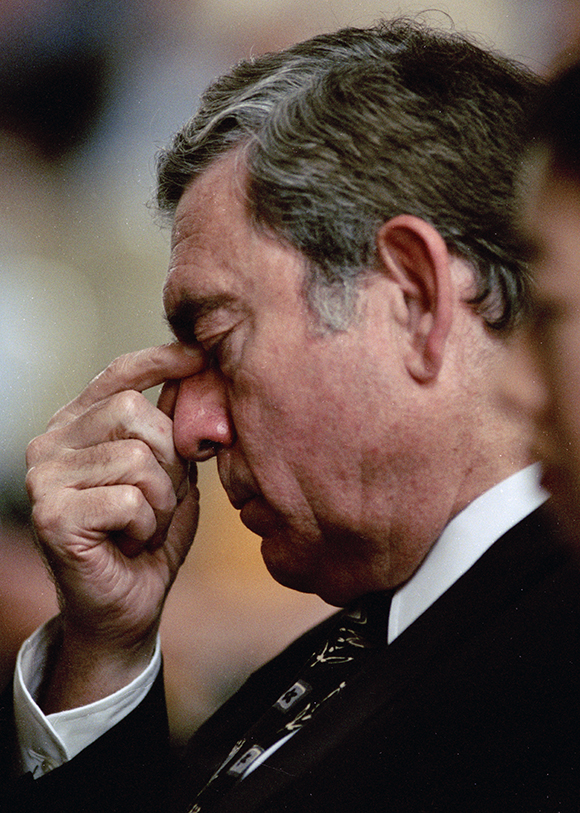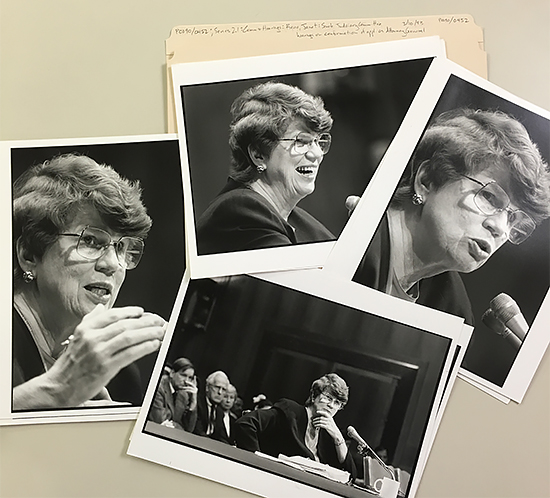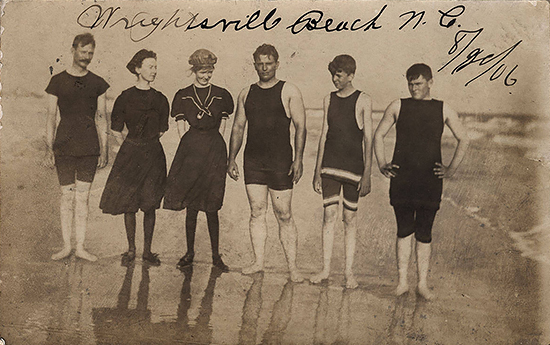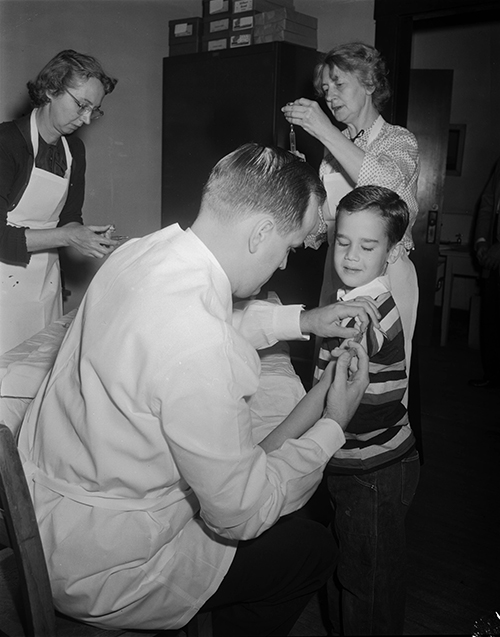
Amid this coronavirus pandemic, with two recently approved COVID-19 vaccines in the news, it’s worth noting that 100 years ago this coming summer, the poliovirus struck a then-39-year-old Franklin Delanno Roosevelt. It caused the disease poliomyelitis, commonly called polio, that permanently paralyzed his legs. Polio is a disease known to ancient worlds, with epidemics striking many cultures and countries over centuries. Outbreaks commonly occurred during the summer months.
The first documented poliovirus epidemic in the United States occurred in 1894. It wasn’t until 1905 that Ivar Wickman discovered from a Swedish epidemic that polio was highly contagious and that one could have the disease without exhibiting symptoms. By the early 1950s, polio had reached pandemic proportions.
To inoculate people against the coronavirus, the pharmaceutical industry has thus far developed two COVID-19 vaccines within ten months. As a comparison, polio vaccine development and trials took twenty years. The first polio vaccine trials began in 1935, but success was not reached until April 12, 1955 when the medical profession declared Jonas Salk’s controversial vaccine safe, potent, and effective after testing 1.8 million children during the previous spring in advance of the summer infection season. The United States Government licensed the vaccine that same day, and mass distribution began the following day. A United Press news story declared it to be “the biggest mass assault on disease in history.”

